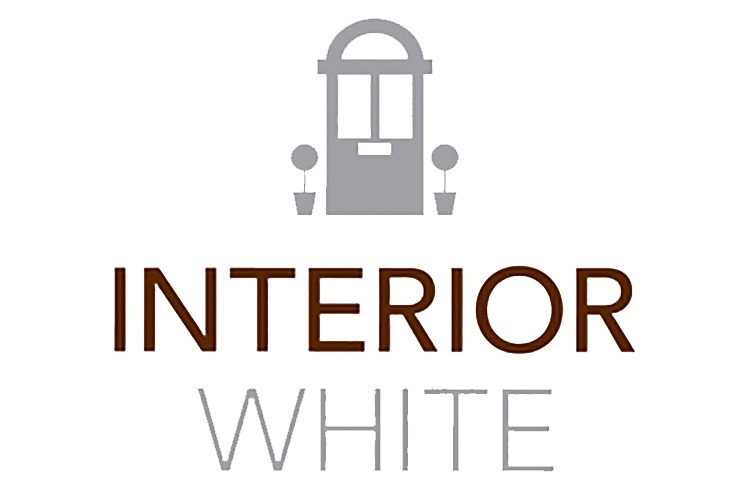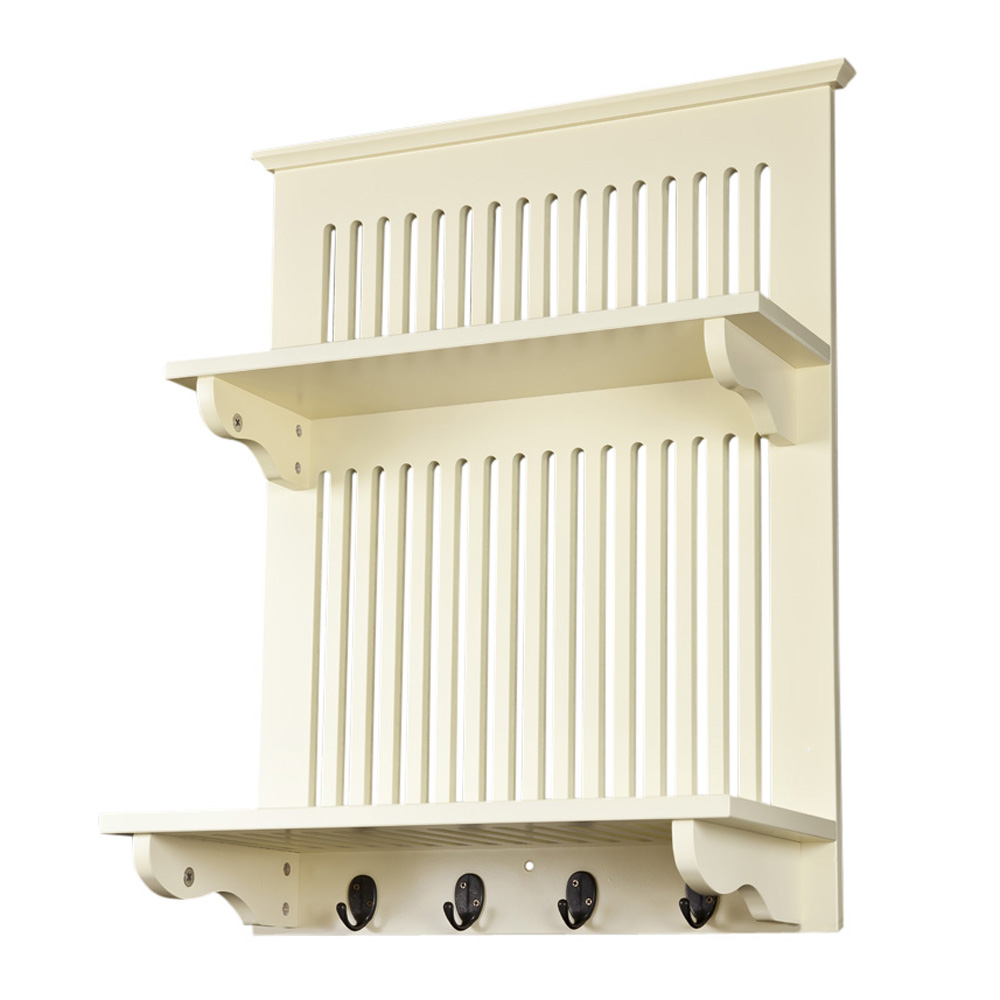HELL'S KITCHEN
If you live in a teeny flat, caravan or small home, there’s a high chance you have an itty, bitty kitchen. However, even some larger apartments and houses also present an organising challenge when it comes to the heart of the home. In Chapter Three of Interior White's decluttering handbook, we advise on how to pare down your cooking clutter to the essentials.
Crockery Edit
Start by ridding your cabinets of anything damaged, along with those items that are seldom used - such as frustratingly small coffee mugs and chunky mismatched wine glasses. Then, you'll only be left with your best and these can be the items you use each day. Lay that table with some extravagance and feast like royalty daily - there's no point saving your nicest tableware for when the Queen comes to visit, as she may stand you up...
Another crucial tip is to wash up regularly, rather than gradually filling the dishwasher - you’ll quickly discover that, as a family of four, you don’t really need fifteen dinner plates.
If you're super proud and want to show off your tableware to non-dining visitors, why not display it in our wall-mounted Minack or the Aston Plate Rack? With its top-notch shelf and mug-dangling facilities, it also maximises storage.
Clear Your Counter Conscience
It's all too easy to cling on to kitchen gadgets because of the 'one day I'll use it' mantra, but your counter space is a precious commodity - especially if your scullery is on the small side. If you rarely use the dust-gathering gadgets, decide to put them away inside cabinets or in a utility room. However, if you don’t use them at all, donate or recycle them.
Your new mantra? 'I am ruthless'.
In this vein, we love the versatility and practicality of our Minack Bread Bin - it has been designed with a flat shelf on top so that precious kitchen worktop space is not lost.
Space Saver
Nooks and crannies are kitchen-decluttering assets - they are ideal for a single depth of containers or dishware, which makes it less of a chore to find and organise such items. Look for spots where you can easily carve out six or so inches for some mini shelves (our Maya Wall Shelf is designed just for this purpose) and purchase some pretty containers to store your cooking essentials - we think your spatulas would be right at home in our Dando Antique Brass Jug!
Multi-tasking Super Tools
Another trick is to develop a multi-purpose attitude to your utensils so you don’t double up and waste space elsewhere. For instance, use a cake stand or salad bowl to store your fruit, a folded tea towel rather than oven glove (check out our Klippan range for a burst of colour) or adopt a colander as a steamer.
Cupboard Madness
One nifty tip adopted by us here at Interior White is affixing magazine holders inside cupboard doors to store anything from cleaning supplies, food wrap or chopping boards - this frees up your cabinet shelves for other essentials.
Got a drawer or cupboard that’s been overtaken by Tupperware? Start by binning anything which doesn't have a corresponding lid. It's also worth considering that most items can be stored in a cling film-covered bowl and liquids (such as soup) can be frozen flat in plastic food bags. This may lessen the plastic load and free up your cupboards for [insert favourite food here].
Not So Much Junk in Your Trunk
Rome wasn't built in a day and this certainly applies to kitchen decluttering. Don't think you must attempt to thrash out the entire room at once - one drawer, one cupboard or one shelf will make a significant difference. A good starting point is the British institution that is the junk drawer - the source of both daily necessities and never-ending frustration. To declutter it once and for all, fit the space with a variety of clear organising pots (perhaps dip into your soon-to-be-thrown-out cache of plastic containers) and add a label to the bottom of each so all household members know what goes where.












